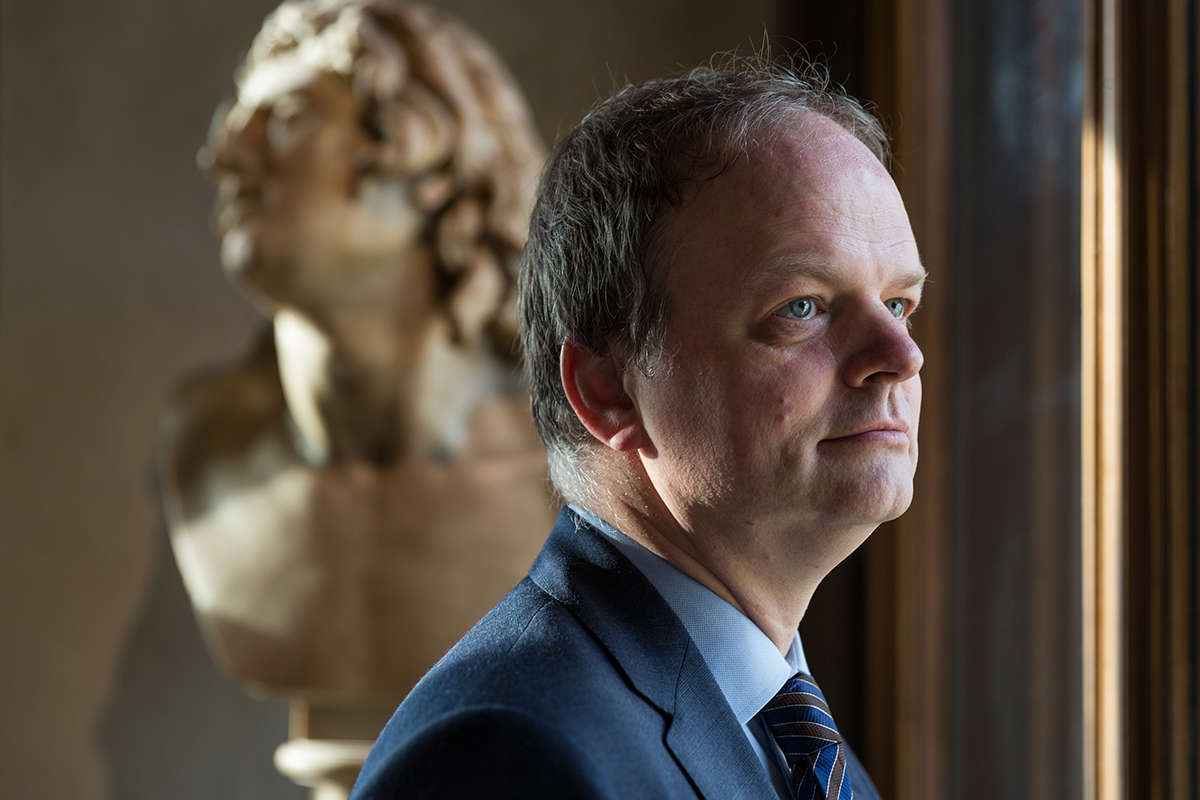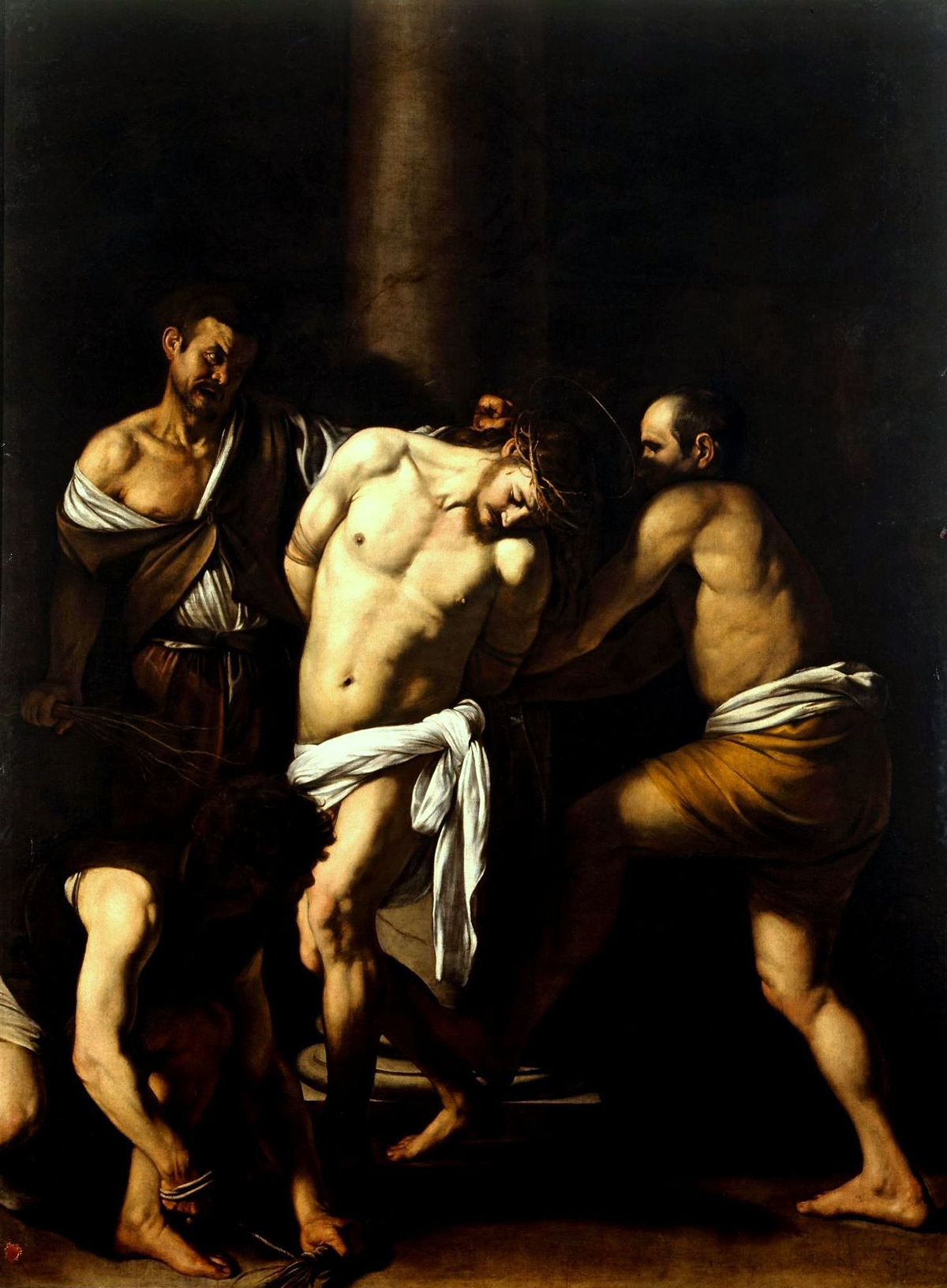The Uffizi’s Eike Schmidt wants to return artworks to churches in the wake of COVID-19
Over the past few weeks I have found myself returning to think about a trio of unattributed panels, painted in and around Urbino in the 1480s. Known collectively as ‘The Ideal City’, these cool, depopulated urban scenes are best known for having pioneered a new approach to perspective and divine proportion. What has drawn me back to these works in the context of this pandemic, though, is not so much the beauty of the imagined buildings themselves, as the emptiness that enables them to appear as such. In Florence, where I live, many of the squares, palaces and gardens were designed according to the same mathematical models so clearly represented in these panels. Most of the time, amidst the heavy traffic, and crowds of tour groups, it is hard to appreciate this fact. Since the beginning of the COVID-19 emergency, though, the influence of these intellectual blueprints has become suddenly, overwhelmingly, apparent. The experience has been rather eerie. Devoid of people – silent, save the wail of sirens – Florence’s public spaces have felt far from utopian of late. Still, the ‘re-emergence’ of these schemas has itself been a quite striking reminder of the extent to which the normal circumstances of overcrowding negatively impact on the city’s architectural heritage.
In recent days, tourists have slowly begun returning to Italy. While many in the artworld are understandably concerned with ushering people back into museums as quickly, and as safely, as possible, there’s also an awareness that something has to change. Eike Schmidt, director of the Uffizi galleries, has been one of the most prominent voices in articulating the role that leading museums might play in this process. Last month, he made headlines following his announcement that the state institution would be seeking to ‘return’ works to churches and smaller venues, in order to encourage pluralism in the cultural sector. During a press conference to mark the reopening of the Palazzo Pitti on 27 May, Schmidt justified his decision through an intriguing reference to the larger theory of the museo diffuso, the ‘diffused museum.’ This term was first proposed by a group of architectural theorists in the 1970s to encourage art practitioners of all kinds to think about museums not just as a series of rooms, but as outward-looking spaces that are intimately tied to the territory and communities around them. In recent years this concept has come back into vogue largely thanks to the work of Antonio Paolucci, ex-Director of the Vatican Museums, who has been calling on his colleagues to take advantage of a variety of tools, from digitization, to educational outreach programmes, to moving some artworks themselves, as part of a broader effort to democratise the nation’s cultural heritage. Following the Uffizi’s own reopening on 3 June, Schmidt agreed to talk to me over the phone about how he has been influenced by Paolucci’s ideas, and what role they could play in shaping the future of Italy’s museums.

“The notion of the museo diffuso has a quite particular significance here in Italy. This country has many museums that are overcrowded, and many with no visitors at all. What it lacks is the Aristotelian mean. At the same time, though, Italy is almost unique in that it has a polycentric history, with a cultural heritage that is spread right across the national territory. This represents an opportunity,” Schmidt says. He points to the Uffizi’s deposits as an example of how broadly diffused Italian heritage is compared with that of other nations with large museum sectors, like, say, France, or Britain. Many of the works gathered in the galleries belong to the Medici collection, which was accumulated over centuries starting in the sixteenth, and is comprised of works from around the world.
What is less well known is that the museum is also home to hundreds of pieces that were forcefully removed from local towns and villages during the suppression of the monasteries in the seventeenth to nineteenth centuries, and others that were simply borrowed and then forgotten about. During World War II, for example, numerous central Italian communities sent their most important artworks to the Uffizi for protection. In the aftermath of the conflict, however, during which many buildings and records were destroyed, hundreds of these pieces were simply absorbed into the collection. Similarly, in 1966, during the floods along the Arno river, convents, chapels and museums from across Tuscany consigned paintings, statues and even frescos to the Uffizi to be repaired and restored. Many of these were never returned, due to changes in staff, shifts in managerial priorities and so on. Proponents of the diffused museum sometimes treat the concept as if it were a kind of crude crowd-control mechanism. Schmidt, though, is keen to emphasise its relevance as a way of developing a curatorial practice that is more respectful of the uncomfortable facts in Italian history. “Returning these works is the right thing to do”, he tells me, “it could have strong meaning for the communities that lost these items.”

Of course, moving artworks is never straightforward. This is particularly the case with religious pieces, which, in the Uffizi, as in most of Italy’s state museums, make up a large part of the collection. The first work that Schmidt proposes to return is Duccio di Buoninsegna’s Madonna Rucellai (1285) which was commissioned as a decoration for the church of Santa Maria Novella, where it hung, in two different chapels, for more than 600 years. It was moved in the 1930s for a temporary exhibition, and was transferred to the Uffizi after the war where it is still on display today alongside works by Giotto and Cimabue. Schmidt’s motivation for returning the piece is similar to his approach to the gallery’s deposits. In his eyes, this object is not, really, a part of the state collection. At the same time, though, he insists there are aesthetic motivations behind his decision. “Looking at a piece that was created for a spiritual purpose in a church earns meaning that it could never have in a museum,” he says. In the case of Buoninsegna’s Madonna, where the original context remains largely intact, this is demonstrably true.
I do wonder, though, how this logic holds in instances in which the churches themselves may have changed beyond recognition, or where these “meanings” no longer exist. Beyond this, there is the broader question of what it means to see art, in functional terms, in different institutional contexts. Returning religious artworks to churches has the obvious advantage that the pieces are able to serve, once again, as objects of devotion. At the same time, moving such objects away from their relatively ‘neutral’ context in a secular museum, which helps the viewer understand important canonical, and historical contexts, is also to lose something. When I put this to Schmidt, he insists that these modes of seeing can be reconciled. “The Uffizi strives to be an inclusive place, open for all people. I have to say, though, I find the notion that a gallery can ever be a neutral space impossible. Even if it were so, would we really want to think of exhibiting works in such sterile terms, as if in a lab? There is an emotional component to consider here that is about more than just formalism, but that doesn’t preclude someone from approaching these objects in scholarly terms.”

Leaving aside such philosophical issues, the practical problems posed by COVID-19 have certainly vindicated the decentralised ideal of the museo diffuso. Encouraging tourists to explore more widely beyond the major galleries could, however modestly, help regulate social distancing. More importantly, it could provide an important lifeline for small institutions in years to come, particularly beyond big cities. Mayors, cultural managers, governors and museum staff across the Northern regions of Veneto and Emilia Romagna are already developing versions of the initiative that may be deployed in the short to medium term. Meanwhile, prominent art critics like Vittorio Sgarbi are calling on Sylvain Bellenger, director of Naples’s Capodimonte museum, to return two works, Caravaggio’s The Flagellation of Christ (1607) and Titian’s Annunciation (1557), to their original home – the city’s local church of San Domenico, from where they were removed under questionable circumstances.
How all this progresses will depend, to some extent, on the personalities of the individual curators, and how they navigate the concerns of visitors, scholars, clergy, worshippers, and politicians among other dedicated interest groups. Every case is likely to be different, and there will, inevitably, be tensions along the way. The very fact that such conversations are taking place now, though, and with such energy, is already something. Despite the challenges of the past months, it’s rather inspiring to see that Italy’s leading cultural managers are rejecting the temptation to ‘return to normal’ and are instead starting to think, in increasingly profound ways, about how they might conduct their work in a way that might better reflect the country’s polycentric heritage.
Jamie Mackay is a writer and translator based in Italy. He is a contributor to The New Statesman, openDemocracy, the TLS and the Guardian. He is the author of The Invention of Sicily, forthcoming on Verso Books. He tweets: @JacMackay